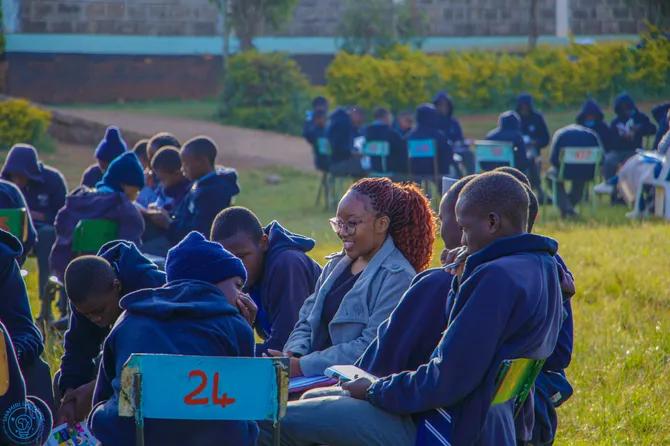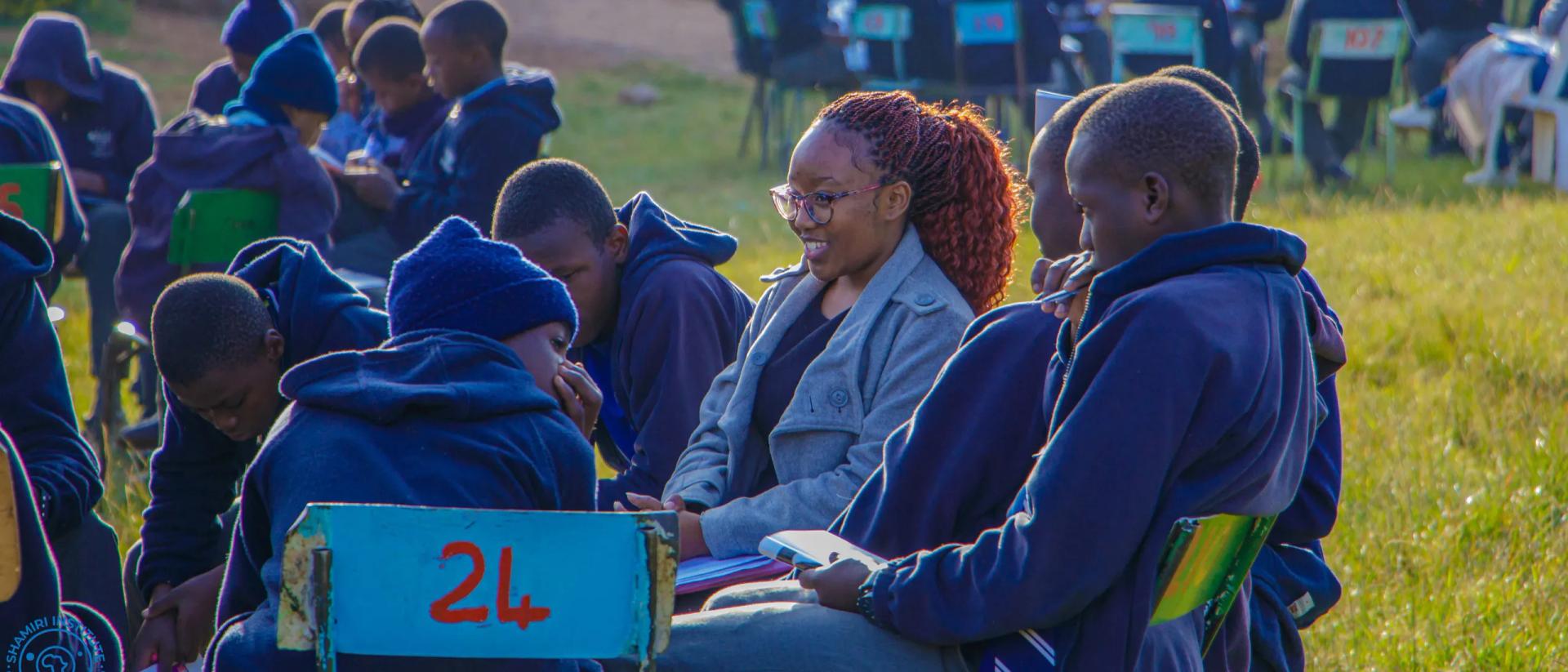
Projects funded by FID
28 novembre 2025
Supporting men living with HIV in South Africa through a peer-led intervention
09 October 2023
Projects funded by FID
Kenya
Health


Mental health represents a pressing, however underinvested, challenge for public health and development. On the occasion of World Mental Health Day, Tom Osborn, co-founder and CEO of Shamiri Institute, provides insights into the state of mental health in Kenya and discusses about the Anansi program developed by Shamiri Institute in Kenya. This program, funded by FID, is an evidence-based innovative mental health protocol for low-income youths.
Years of research have shown that mental health problems and poverty are connected. Poverty increases the risk of developing mental health problems, as being born in a low-resource environment exposes you to stressors that cause mental health problems.
On the other hand, mental health problems affect how people think and make decisions, which can lead to poverty. Therefore, addressing mental health is crucial in low-resource areas, where young people are three times more likely to face mental health problems. To fight poverty, it is important to provide young people in these areas with access to mental health care, as it can help them live independently.
Globally, mental health problems contribute to 45% of the burden of disease among young people aged 12 to 24. In Kenya, almost 1 in 2 adolescents struggle with a mental health problem. These problems hinder the flourishing of young people, leading to a poor quality of life, limited career prospects, increased risk of risky behaviors, and lifelong social and economic impairment. This issue is particularly urgent in Kenya, where half of the population is 19 years old or younger. Unfortunately, Kenyan youths often face barriers in accessing help due to structural and systemic issues.
For example, there is only 1 mental health expert for every 1 million Kenyans, and traditional therapy is expensive and time-consuming. Stigma surrounding mental health further prevents people from seeking help. Therefore, there is an urgent need for innovative mental health care services that can overcome these barriers.
The Shamiri model is inspired by three simple ideas:
Here is how it works:
That is, the Shamiri model, a very simple model that taps into these three very simple ideas allowing students to sign up for sessions in their school, turns the often lonely and isolating experience of therapy into an opportunity for joyful connection as the students work together with 6-to-15 of their peers in one-hour group sessions across 4 weeks. The students learn how they can turn challenges into opportunities for growth, how they can practice gratitude by counting their blessings, and how they can problem solve by reflecting on the values that matter most to them. In between these sessions, students work with each other to develop, cultivate, and practice these skills because practice makes perfect.
The effect of this model, which has been confirmed by randomized controlled trials, is that youths become depression and anxiety-free, see improvements in their academic grades and social relationships, and importantly, develop the sense of agency to know that they are not victims of their circumstances but that they can shape their future.
The Shamiri model is unique for a few reasons:
Importantly, the model is cost-effective, currently costing $10/person and can eventually cost $5/person. Currently, we are serving 27,000 young people per year. We are in the process of serving 100,000 youths next year. Our scale-up process is through opening Shamiri Hubs in regions across the country and partnering with other organizations to have them replicate our model in a sort of "train the trainers" expansion model.
We are really excited about the funding from FID, which will take us to the next level in our growth. For instance, through the support from FID, we've already moved from serving only 5,000 youths per year to serving 27,000 youths and are on the way to now serving 100,000 youths. That said, we are even more excited about the learnings from this funding. In particular, we will be learning two very important things:
News
Discover the latest news from FID
Explore FID's news
Projects funded by FID
28 novembre 2025
Supporting men living with HIV in South Africa through a peer-led intervention

FID Information
20 octobre 2025

07 octobre 2025